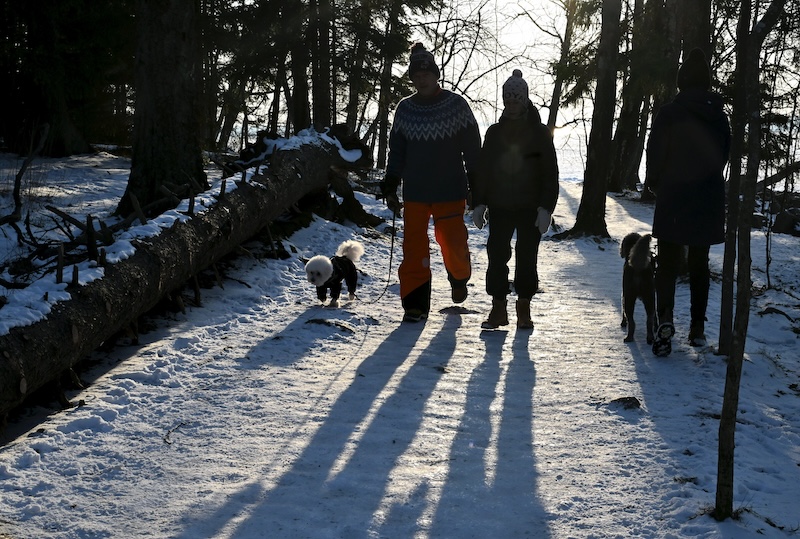Finland is experiencing unseasonably warm weather, with temperatures staying above freezing in most regions. Meteorologists say the mild conditions could continue for weeks, but winter may still return before spring officially begins.
According to Joanna Rinne from Foreca, a warm air current from the south is keeping temperatures above average.
In southern Finland, daytime highs are reaching up to 5°C, while even in Lapland, temperatures are hovering around zero.
“Spring-like weather is arriving, but it’s too early to say if spring itself has begun,” Rinne said, noting that colder periods could still follow in March.
Forecasters predict scattered precipitation this week, varying between rain, sleet, and snow, depending on location. The heaviest snowfall is expected in northern Finland, where some areas could see up to 10 cm of snow.
Despite rising temperatures, Jari Tuovinen from the Finnish Meteorological Institute warns that conditions remain unpredictable. He describes the current weather as neither truly winter nor spring.
“Midwinter is transitioning into late winter, but it doesn’t feel like either season,” Tuovinen said. He explained that while milder weather dominates, Finland remains at risk of sudden cold snaps until May.
Long-range forecasts suggest no prolonged cold periods in the coming weeks. The European Centre for Medium-Range Weather Forecasts (ECMWF) indicates that Finland will stay warmer than usual for at least a month, with some areas expected to be up to 6°C above average.
However, forecasters caution that temperatures could still drop unexpectedly, bringing temporary snowfall. Meteorologists expect fluctuating conditions, alternating between cloudy, mild days and colder, clearer nights.
With Finland’s school winter holidays underway, skiers may still find good conditions in some areas, though snow cover is decreasing in the south and west. Many parts of Kainuu still have around 50 cm of snow, but in coastal regions, snow is already disappearing.
Tuovinen warns that fluctuating temperatures may lead to icy roads and slippery sidewalks, particularly in the north.
Looking ahead, meteorologists are watching for potential temperature spikes. Next week, some areas could see highs of 10°C due to the föhn effect, a warm, dry wind that can rapidly increase temperatures.
“Spring may arrive early this year, but a late-season cold snap is still possible,” Rinne said.
HT
